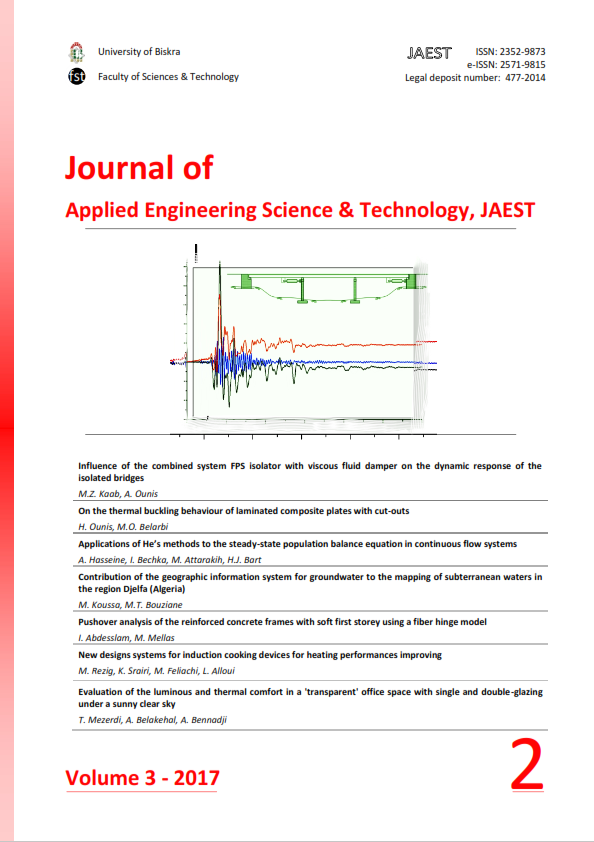New designs systems for induction cooking devices for heating performances improving
DOI:
https://doi.org/10.69717/jaest.v3.i2.49Keywords:
Induction heating systems, Electromagnetism, Thermal phenomenon, Coupled models, Axisymmetrical modelling, Volume control methodAbstract
In order to give a temperature distribution at the bottom of the induction cooking, and moderate reduction the temperature outside the useless areas of these systems. This paper is dedicated to the study of the induction heating systems, which involves coupled electromagnetic and thermal phenomena and where new topologies are proposed. The modelling of the problem is based on the Maxwell's equations and the heat diffusion equation. We present a numerical simulation method based on parameterization of thermal electromagnetic coupling phenomena taking into account the changing of the physical characteristics of the body during the induction heating process. The purpose of this new optimum perforation topology is based on improving the thermal performances of the system, which allows improved dissipation by heat exchange. The results are obtained from a two-dimensional calculation code developed and implemented on Matlab software where CVM the finite volume method was adopted as a method of solving partial differential equations with partial derivatives characteristics of physical phenomena.
Downloads
Downloads
Published
Issue
Section
License

This work is licensed under a Creative Commons Attribution-NonCommercial 4.0 International License.













